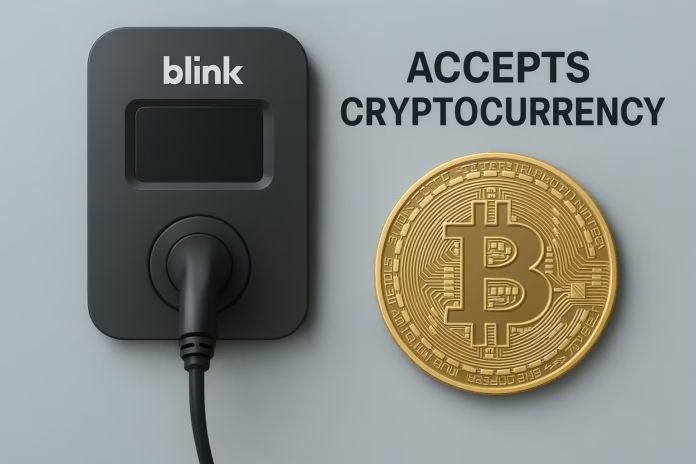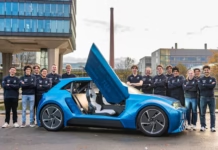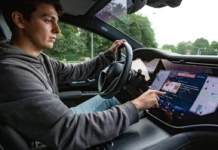As the electric vehicle (EV) industry continues its rapid growth, innovative advancements are shaping how consumers use and pay for energy. Blink Charging Co., a global leader in EV charging infrastructure, is pioneering the integration of cryptocurrency payments into its network by the end of 2025. This bold move places Blink at the forefront of two forward-thinking sectors: sustainable transportation and digital finance. The integration aims to offer EV drivers seamless, flexible payment methods through the Blink Charging App. Thus aligning with the increasing adoption of cryptocurrencies across the world.
The Intersection of EV Infrastructure and Digital Currency
Blink Charging’s announcement to accept cryptocurrency payments represents a significant evolution in the EV charging landscape. The company plans to enable drivers to pay for sessions using popular digital currencies. And providing an alternative to traditional payment methods. The Chief Technology Officer, Harmeet Singh, emphasized the innovative mindset of the EV community, which often adopts new technologies before mainstream acceptance. By combining EV charging services with digital assets, Blink is not only enhancing convenience but also addressing the growing demand for diversified payment options in the evolving financial ecosystem. This integration is expected to encourage further adoption and retention among tech-savvy EV users.
Moreover, Blink’s strategy includes future plans for loyalty and rewards programs linked to cryptocurrency usage. This could add value for consumers while fostering a deeper engagement with the Blink Network. Such incentives aim to make EV charging more rewarding and user-centric. This initiative highlights Blink’s commitment to leveraging smart, cloud-based technologies and strategic partnerships to deliver advanced charging solutions across multiple locations—from urban parking lots to workplaces and transit hubs globally.
Electric Vehicle Applications and Market Context
Electric vehicles are playing a crucial role in the global transition to sustainable transport. With growing environmental concerns and regulatory pressures, EVs offer a cleaner alternative to internal combustion engines. The demand for accessible and efficient EV charging infrastructure has risen in tandem, pushing companies like Blink to innovate continuously. Applications for these EV chargers span residential, commercial, and public spaces, supporting a wide range of electric mobility needs. The integration of cryptocurrency payments is a forward-looking adaptation that fits within the broader digital transformation transforming energy and transportation sectors globally.
The move also reflects wider trends in the EV market. This is a space where convenience, speed, and technological integration are paramount for consumer adoption. Access to multiple advanced payment options, such as credit cards, mobile wallets, and now cryptocurrencies, simplifies the charging process and attracts a broader user base. These enhancements contribute to a smoother user experience and reinforce the evolving ecosystem for electric mobility.
Driving Innovation Forward with Crypto Payments in EV Charging
Blink Charging’s plan to accept cryptocurrency payments by the end of 2025 is a strategic leap highlighting the fusion of clean energy technology with digital financial innovation. This integration will provide drivers with improved payment flexibility, potential cost savings, and an enhanced ownership experience. As the EV industry accelerates towards a greener future, companies that embrace technological advancements in payments and connectivity stand to gain a competitive edge. Blink’s pioneering approach sets a new benchmark for customer convenience and technological integration in the electric vehicle charging space.
This development also reflects an important trend where EV technology adoption and financial innovations like cryptocurrencies are deeply intertwined. Together, they represent the future trajectory of transport and finance, emphasizing sustainability, inclusion, and technological progress.







